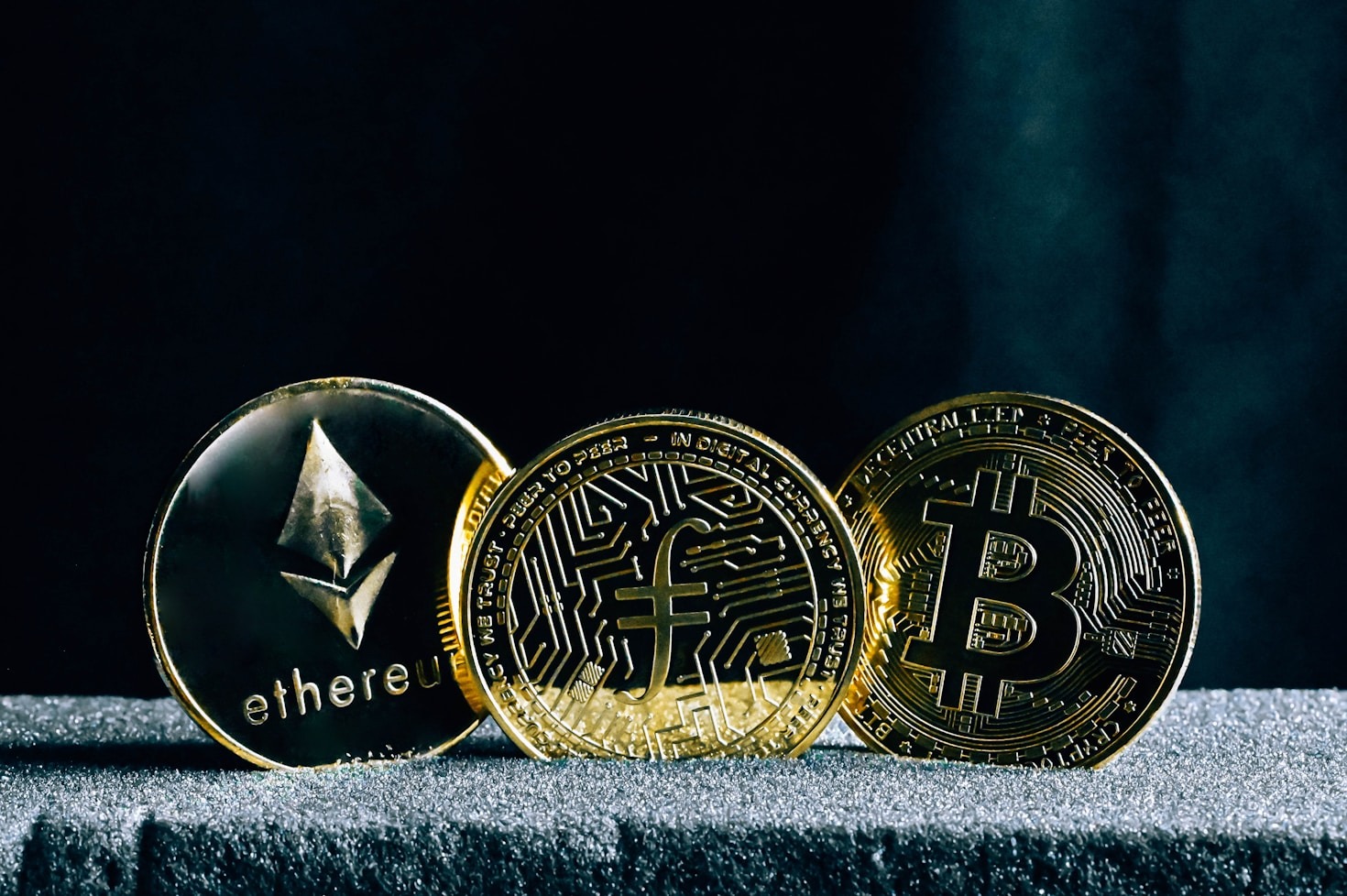The Evolution of Blockchain: Past, Present, and Future
CryptocurrencyThe journey of blockchain technology has transformed it from a covert idea talked about in niche tech circles to one of the hottest topics plastered across major publications. Blockchain functions as more than the infrastructure for bitcoin; it alters the entire system of crafting, validating, and distributing value in a virtual context. In this post, I will help you navigate through the phases of evolution undergone by this technology: the past, the present, and the future. Appreciating the change helps understand how disruptive the technology can be in transforming almost all aspects of life, including finance and art, as well as offering a new identity and paradigm for governance. It will help us comprehend the next digital frontier.
Fueled by the desire to establish a decentralized and secure digital currency, blockchain story started in 2008 with the launch of Bitcoin, the brainchild of Satoshi Nakomoto. The world’s first functional “distributed ledger” was embedded in Bitcoin. Transactions can be verified and recorded over a large network of computers without a bank or other authoritative body, revolutionizing the concept of a central structure. With every new set of transactions, blocks would be formed and cryptographically sealed which made them impossible to alter. The first phase demonstrated that trust among users of the system could be achieved without a third-party service.
The race to innovate the blockchain was initiated when curious minds asked the question, “What more can we store on a blockchain apart from currency?” It led to Ethereum’s launch and subsequently, the second act of blockchain technology. With Ethereum, the notion of “smart contracts,”- which are self-executing contracts that have their terms written into code, enhanced the potential to transform entire sectors. At that point, it became evident that blockchains had a greater utility beyond being just databases. The invention allowed for the instantaneous and unrelenting growth of DeFi or decentralized finance, which intends to reconstruct traditional banks, and NFTs or non-fungible tokens that are reshaping the idea of digital ownership for artwork, collectible items and much more. Blockchains underwent their transformation from being mere ledger systems that recorded information to complex, combinable systems where decentralized applications could be hosted.
Blockchain’s evolution has been transformative indeed, starting as a secure ledger for Bitcoin and now serving as a multifunctional platform for smart contracts and decentralized applications. We’ve shifted from a singular focus on currency to an entire ecosystem poised to revolutionize industries. Blockchain’s story is still being written, and its future holds even greater promise for daily integrations, like more transparent supply chains, secure voting mechanisms, and self-sovereign, digitally issued identities. Watching this technology mature, remember that its primary merit is granting the potential to build a far more trustworthy, equitable, and decentralized world.

